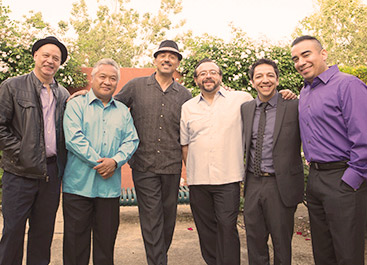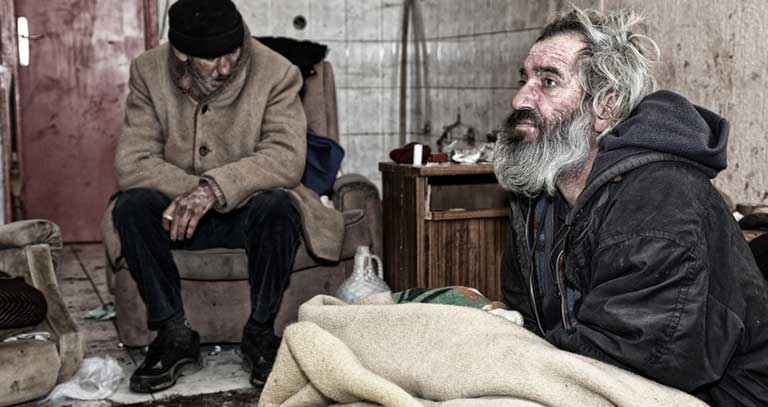by Jon Rappoport
This is an antidote to Hillary’s new book, titled, “What Happened,” which I would sub-title, Why Was I So Clueless? The book purports to explain her loss in the 2016 election.
What would Hillary think if she could think?
First of all, she would think about the team trying to get her elected and the problems they faced: they had a candidate who basically had no platform, no cogent ideas, only a slim file of vapid generalities. She couldn’t deliver a coherent speech.
The team had to devise a way to keep her out of the spotlight on the campaign trail. This, the last time I looked, is not a winning strategy.
“How can we minimize her appearances?”
Hillary would think about that.
She would think about why sexism (her favorite), Putin, Comey, WikiLeaks, and “fake news” don’t explain her loss. How they didn’t add up to an Electoral College defeat.
She would think about her supporters whining, “But she won the popular vote.” That complaint only highlights the failure of her team to realize the Electoral College system (which any fifth-grader can understand) was the umbrella under which the election was actually conducted.
She would think about why serving as a senator and secretary of state doesn’t automatically entitle her to the job of president.
She would think about her past crimes—there is not enough time or room to detail them here.
She would think about why Americans who have lost their jobs didn’t trust her to bring those jobs back.
She would think about Trump and his resonating messages—regardless of whether Trump intends to deliver on those messages.
She would think about the Left’s political correctness, and all the people who hate it.
She would think about college students who defected from her camp to support an old radical socialist (who owns three homes and has pocketed close to a million dollars from his latest book about income inequality).
She would think about the distance between her vague promises and the interests of non-white voters.
She would think about the numbers of Americans who don’t embrace the growing Welfare State and don’t want to pay taxes to support it.
She would think about what many Americans really think about open borders and unchecked immigration.
She would think about the emotional impact of promoting Globalism and an “interdependent world” (it takes a village) vs. promoting Nationalism.
She would think about the dead rotting core of the Democratic Party.
She would think about effect of the previous president, Barack Obama, harping on racism whenever he could.
She would think about her history of support for a federally dictated national health insurance plan.
She would think about her duplicitous husband, with whom she is forever linked.
She would think about her husband’s faded ability to mobilize Americans on any political issue whatsoever.
She would think about (cough, cough, stumble, stumble) her health issues.
She would think about her failure to project an aura of strength.
She would think about the wisdom of trying to assume the mantle of president before the election had taken place.
She would think about her decades-long transparent pursuit of power for its own sake.
She would think about her own team lying to her about her “positive impact” on the public during the campaign. She would think about why they had to lie, given her ironclad delusions about her own “deserved status.”
She would think about the rebound effect of Hollywood sycophants piling on in her favor.
She would think about these things if she could.
She can’t, because then she would understand.
She would understand why she lost, and why she would most definitely lose a race for dogcatcher.
She would understand her long history of pretending to accrue prestige, based on nothing.
She would understand that her own Party has been humoring her for decades and faking loyalty where none existed.
She would understand that, during the campaign, the news networks, eternally in need of ratings, would cover Donald Trump every day, because she, Hillary, was a ratings washout, and he was a rating magnet.
This last factor is the bitterest pill of all.
(Jon Rappoport is the author of three explosive collections, The Matrix Revealed, Exit From The Matrix, and Power Outside The Matrix).










